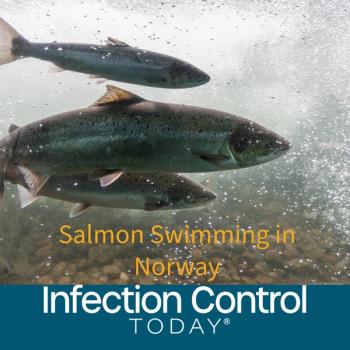
Survey: Many Hospitals Have Only 10-Day’s-Worth of N95 Masks Left
Ninety-seven percent of survey respondents have implemented conservation protocols for personal protective equipment.
The shortage of N95 masks is becoming critical, with 23% of hospitals saying that they’re using 100 a day, leaving them with an inventory that will last about 10 days, according a survey by the healthcare consulting company Premier that focuses on personal protective equipment (PPE).
They’re just some of the data gleaned in the survey of about 260 healthcare systems taken from March 16 to March 20. The systems comprise about 990 acute care facilities, or about 20% of the nation’s hospitals. In addition:
· More than 60% of hospitals report they are not prepared to handle an influx of COVID-19 patients as product shortages for critical items grow more severe.
· 97% of survey respondents have implemented conservation protocols for PPE.
Thirty-nine percent of respondents said that they have more than 1000 N95s on hand. The conservation methods employed include extending the wear of N95s (a measure followed by 60 percent of respondents), re-using N95s (40%), using expired N95s (33%) and using industrial N95s (20%).
Other PPE shortages include:
· Surgical masks, with 56% saying that they have more than 1000 on hand, while 26% saying that they use that amount every day.
· Isolation gowns, with 50% saying that they have more than 1000 on hand, while 25% use that many gowns each day. Another 17% of respondents said that they had fewer than 250 gowns available.
· Viral swabs, with 60% of respondents saying that they have fewer than 250 on hand, while about 21% say that they use more than 100 swabs a day.
· Ventilators, with 20% saying that they need more ventilators immediately, while about 27% said that they can take on an additional 1 to 5 patients before they need more ventilators. About 24% have enough on hand to help 10 more patients and about 30% can take on 11 or more patients before needed more ventilators.
The swab shortage may be resolved shortly, according to Premier. One of the top swab manufacturers is based in Italy, which has been particularly hard hit by COVID-19. The U.S. Air Force has said that it will supply more swabs to hospitals.
Hospitals also complained about a shortage of hand sanitizer, with 64% reporting an active shortage while an additional 25% have less than 2 week’ supply.
In a
The company calls for healthcare stakeholders and the government to examine the “supply chain and get a real accounting of available supply and where it needs to be allocated. It’s also imperative to ramp up American manufacturing, band together and activate every industry possible to help meet this growing challenge.”
Newsletter
Stay prepared and protected with Infection Control Today's newsletter, delivering essential updates, best practices, and expert insights for infection preventionists.





